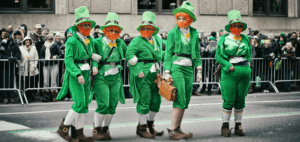El Moez Street: The Unfolded Fascinating Tales
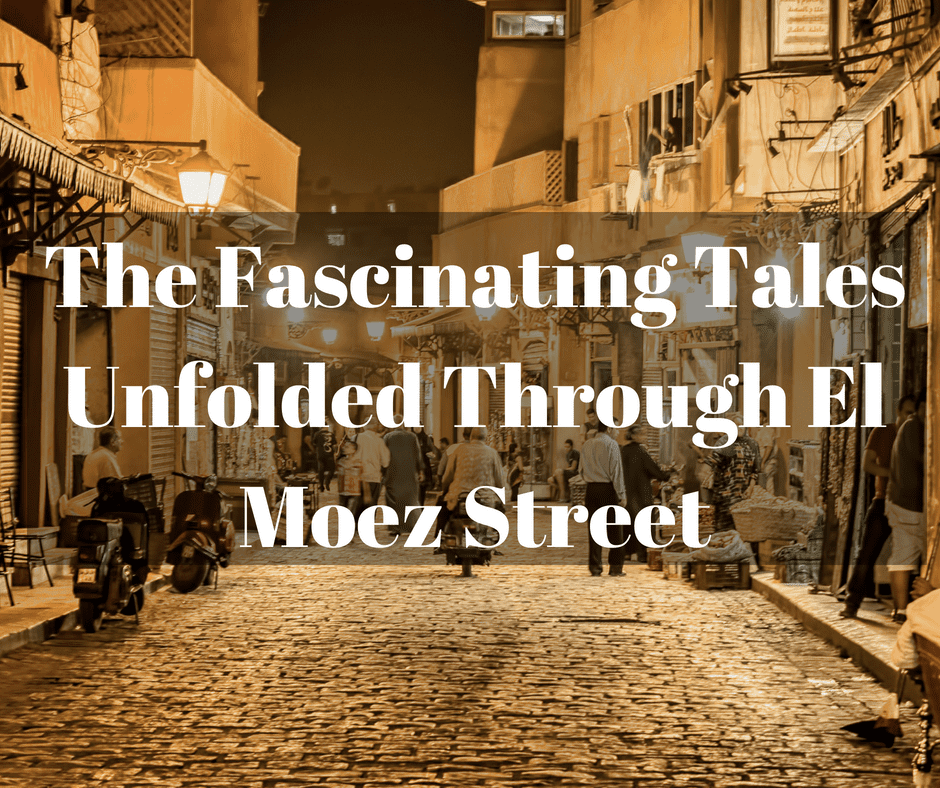
Updated On: April 18, 2024 by Salma Ihab
Interestingly, Cairo is one of the countries with more than a few landmarks worldwide. There is a lot that you can behold around the streets of Cairo. Besides, some streets are beyond ordinary, especially those with multiple historical stories.
Most of the tourists automatically think of downtown and Khan Al Khalili. Although they are famous, El Moez Street is an amazingly fascinating street that not everyone knows.
El Moez Street is an abbreviation for its extended name, Al Moez Lidin Allah Al Fatimi. The street holds lots of historical buildings, for it’s one of Egypt’s oldest streets. It has witnessed lots of incidents since the beginning of time. You will always find something interesting to hear about along your tour around this mesmerising street.
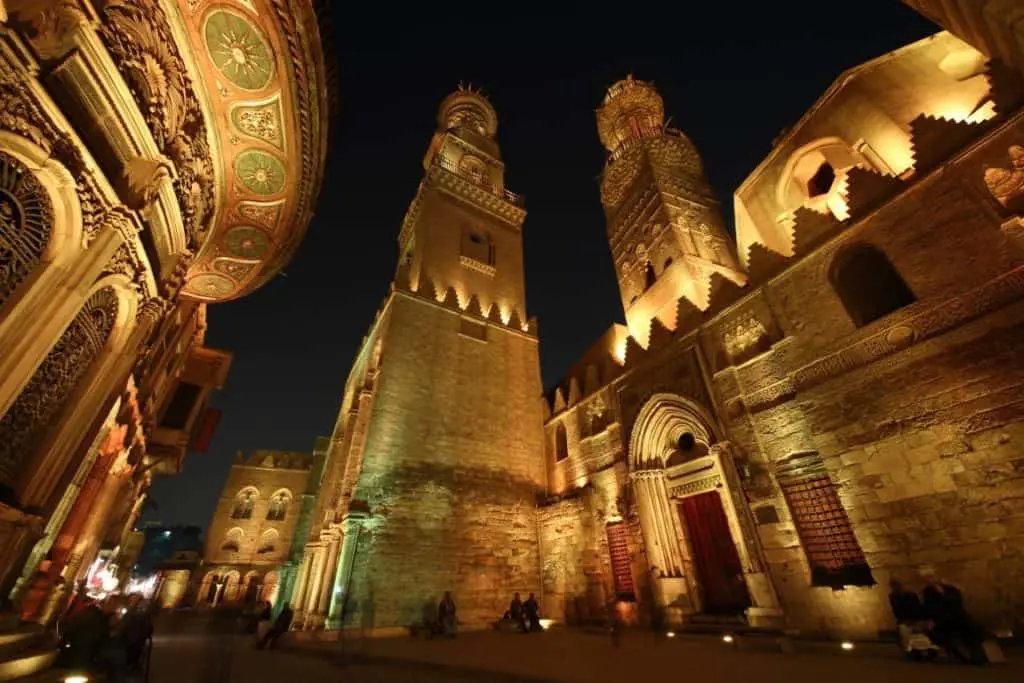
A BRIEF ABOUT EL MOEZ STREET
El Moez Street lies in one of Cairo’s oldest districts. It is the Islamic District of Cairo; this area is also where Khan Al Khalili exists. The length of the street is almost one kilometre long.
Captivatingly, this street has more than a few medieval architectural treasures that belong to the Islamic world. According to a study by the United Nations, this street has the highest concentration of Islamic architectural structures worldwide.
The street starts from Bab Al-Futuh in the northern part, while Bab Zuweila starts in the southern part. What also makes this street attractive is the fact that it is an open-air museum.
Back in 1997, the government decided to renovate the whole place. They included everything in their renovations,, from the historical and modern buildings to even the pavements. That changed the whole street into an outdoor museum.
Thankfully, the street has only been a zone for pedestrians since 2008. However, that is between 8 AM and 11 PM. Outside these hours, cargo traffic takes over.
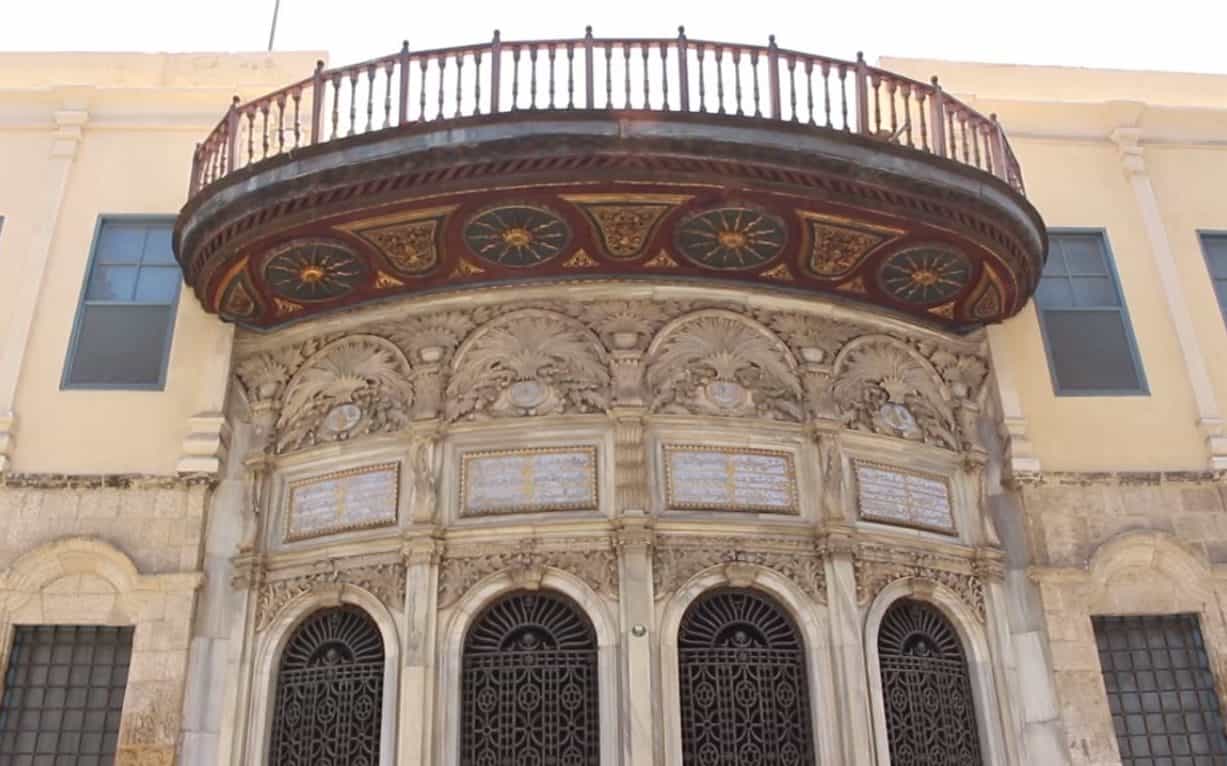
The Northern Part of El Moez Street
Well, since there are a lot of historic buildings to witness on that street, gratefully, there are two sections of this street. The northern part of El Moez Street starts from Al-Hakim Mosque and extends out to Al Azhar Street, where the Spice Market lies.
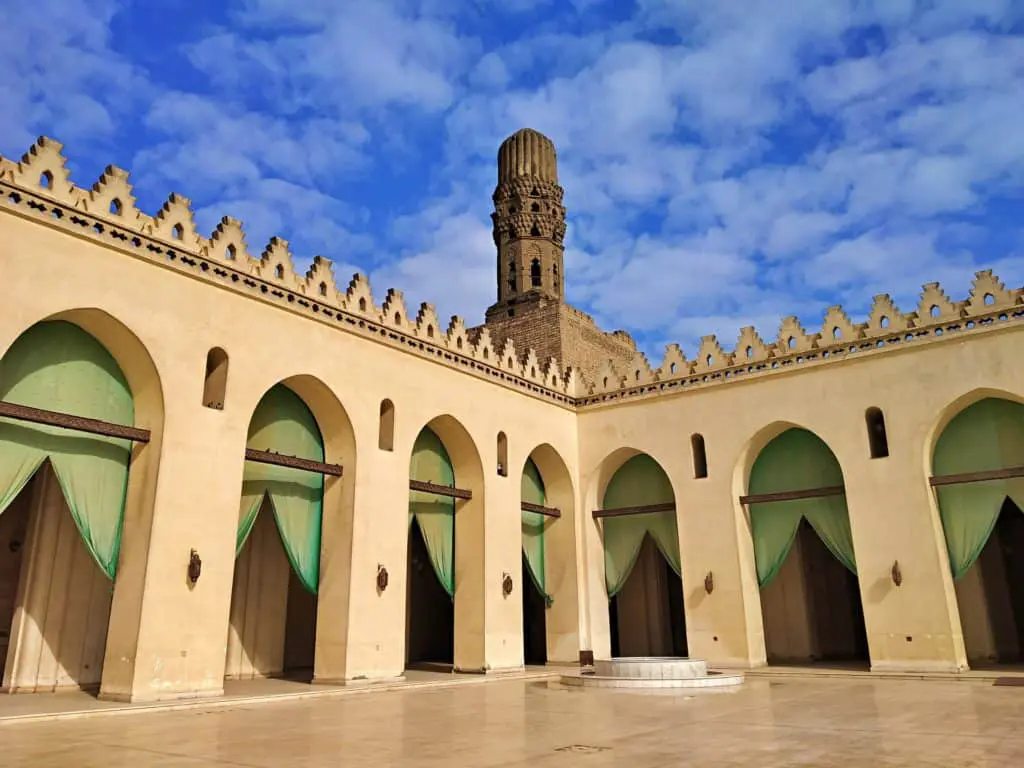
This part also includes Al Aqmar Mosque, the section of the antique market, the Qalawun complex, and other medieval mansions.
The Southern Part of El Moez Street
On the other hand, the southern part starts from the Ghuriya complex and extends to the Bab Zuweila. This part also embraces a popular place, the Gamaliya district, where the glorious Tent Market exists.
Who was El Moez Ledin Allah Al Fatimi?
Well, for those who are unaware of this fact, El Moez is an Arabic name. In that case, you will indeed wonder who that guy was. We are here to unfold the little mystery. His real name was Abu Tamim Maad El Moez LeDin Allah, but it was too long for a street, so people called it El Moez Street.
However, the last name, Al Fatimi, was not the guy’s last name. It was a description that meant he belonged to the Fatimid Caliphate.
‘Glorifier of the religion of God’ was the name that people always described El Moez by. He was the fourth caliph of the Fatimid dynasty and the 14th Ismaili Imam. His reign began in 953 and lasted for 22 years.
The power of the Arab Fatimid Dynasty was quite dominant during his reign. Besides, he was the one to move to the centre of the dynasty from North Africa to Egypt. The Fatimid dynasty was when the city of Cairo came into being. Cairo was the new capital of the Fatimid caliphate.
His Cultural Achievements
During El Moez’s reign, people had always known him for his fantastic acceptance of other religions. El Moez was a Shia Muslim but was famous among the Christian and Jewish communities. Above and beyond, he was the one who ordered the invention of the first fountain pen. The fountain pen was a pen that did not stain either the hands or the clothes.
THE Historical Buildings OF El Moez Street
Upon deciding to visit the historical El Moez Street, you will have another surprise if you are a history guru. El Moez Street is not the only area with many historical buildings. Still, also the surrounding area contains many buildings that date back to the era of Amr Ibn El A’as and to the Fatimid, Ayyubid, Ottoman, and even Muhammed Ali Pasha’s reign. We will briefly provide you with the history of some of the buildings on El Moez Street.
Al-Hakim Bi Amr Allah Mosque
Al-Hakim was the Sixth caliph of the Fatimid dynasty and the 16th Ismaili Imam. His nickname was Al Anwar, which means the Illuminated in English. The mosque was named after him.
It was built originally as an addition to the Fatimid vizier, Gawhar Al Siqilli. However, the mosque became an extension of the fortifications that Badr Al Jamali built. This mosque consists of an uneven rectangle that contains four walkways. These paths surround a courtyard. This mosque also exists in the same area where many historical buildings, the Islamic district. The mosque lies at the northern gate.
The Structure
The mosque possesses several unique features. The most spectacular one is the minaret. It has two minarets, one on each side of the façade. These minarets have survived a very long time and have undergone many renovations throughout history.
At the beginning of their construction, the two minarets stood independently at the corners. The structure of the building got stronger after the addition of the immense outstanding complex. The mosque’s wall effortlessly received the combination of the northern minaret into it, resulting in a substantial complex.
The Beginning of its Structure
Saladin was the first to use this building. He captured the Crusaders and imprisoned them there. However, after some time, the building became useless, which probably encouraged Al-Hakim to convert it into a place of worship.
Wikala Al Sultan Qaitbay
Wikala is the Arabic word equivalent to Inn. Sultan Ashraf Abu Al Nasr Qaitbay was the one who built the building in 1481 CE. It lies in the district of Islamic Cairo as well. Bab Al Nasr Street is the precise location of this inn. It is also the second building Sultan Qaitbay built during his reign. The other wikala was Sabil Kuttab Wikala, which exists in the southern part of El Moez Street.
The people of Cairo were the natural inhabitants of the Wikala; however, the place lost significant parts of its decoration and architectural structures. It became abandoned over time. On the other hand, that does not change the fact that this building is one of the fascinating products of Islamic architecture.
Bayt Al Suhaymi
Bayt is the Arabic equivalent of House. The building means the House of Suhaymi. It has been around since the Ottoman era. Abdel Wahab El Tablawy built the House Museum in Cairo in 1648. Tablawy also built Darb Al Asfar, a prestigious part of Medieval Cairo.
However, the museum’s name changed, for Sheikh Ahmed Al Suhaymi bought it in 1796, and his family owned the place for many generations. Once Sheikh Ahmed bought it, he extended the house significantly; he did so by combining the structure of the place with the old surrounding houses.
The house lies in the centre, with a small garden full of flora and beautiful palm trees. The place is now a tourist attraction open to the public.
Al Aqmar Mosque
This mosque’s name, Al Aqmar, literally means moonlit. Sometimes, people refer to it as the Gray Mosque as well. Like most of the surrounding area, the mosque has been around since the dynasty of the Fatimids in the northern part of Al Moez Street. Al Ma’moun Al Batahi was the one who built it during the caliphate of Imam Al-Amir Bi Ahkami.
The façade of the mosque is famous for being very noticeable. Geometric carving and inscriptions fill the decoration of the façade, and for that reason, it became very popular. Above and beyond, Cairo had never witnessed a mosque with such decoration before Al Aqmar Mosque introduced that idea.
Qalawun Complex
The complex of Qalawun is a massive structure that El Moez Street holds among its exceptional buildings as well. The building contains a hospital and a tomb. Sultan Al Nasir Muhammed Ibn Qalawun built it in 1280.
During his time, around thirty other mosques came to life, too. This complex existed right after the Fatimid Palace turned into ashes and ruins. Throughout the years, more than a few people bought the building until Sultan Qalawun bought it in 1283 AD. The complex held his name ever since.
The Qalawun complex is another structure that exists in El Moez Street. The place has been the centre of religious ceremonies and other important Islamic rituals. The structure has undergone many restorations during the reign of Al Nasir Muhammed, the Son of Sultan Qalawun.
One of the restorations took place after a strong earthquake hit Egypt. He had to restore the place. He also recorded the restoration date. The following restoration occurred after the creation of the Ottoman Sabil building on the other side of El Moez Street in 776.
Al Hussein Mosque
In 1154, the Al Hussein Mosque was built. The mosque’s name usually follows Sayedna, which means our master. The mosque lies near the famous bazaar, Khan Al Khalili.
It is another holy site among the Islamic sites that exist in Egypt. Below the mosque lies a cemetery where the caliphs of the Fatimid were buried. However, the latter was only discovered after the archaeological excavation of the site.
Al Hussein was the grandson of Prophet Muhammed. However, some Muslims believed that the head of Al Hussein was somewhere under the mosque.
Despite the buildings mentioned in the articles, many more are pretty interesting. El Moez Street possesses multiple buildings that will always keep you busy learning about the Islamic history of Egypt. It is a place where there is no room for boredom.
Have you ever visited El Moez street in Egypt? What was your favourite building? Let us know in the comments below.
More Amazing Egyptian Blogs: Fascinating Mosques in El Moez Street Along With Other Historic Buildings | Al Muizz Street and Khan Al Khalili | Downtown Cairo – Urban Center | Muhammed Ali Mosque | Qaitbay Citadel, Alexandria


